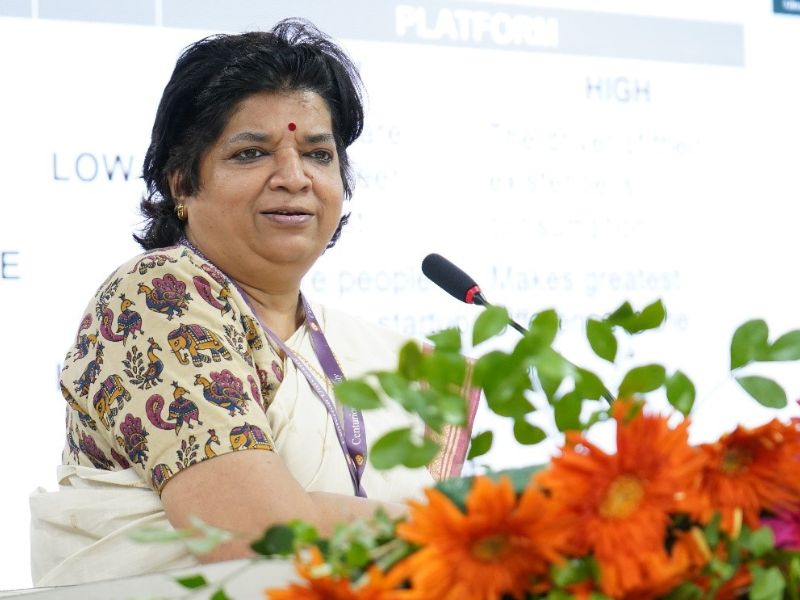How to integrate skill learning into higher education curriculum
Dr (Prof) Supriya Pattanayak, Vice Chancellor, Centurion University of Technology and Management, Odisha
India is currently in the demographic dividend zone, which means the working age population of the country has exceeded that of the very old as well as the very young. To attain the objective of becoming the world’s third largest economy, it’s important to generate more jobs and income opportunities on an urgent basis. The more imperative question is how to lay the foundation for the working age population to capitalise on opportunities as and when created. And the answer is through skill-integration into all stages of education, particularly higher education.
The prevalent education model is well manifested in a pre-pandemic study conducted by the All India Council for Technical Education (AICTE). The report suggested that nearly 80 percent of students graduating from India’s engineering colleges face challenges in securing jobs, with the most prominent cause being lack of skills required by industry. The syllabi and curricula for electrical engineering students should ensure that they are well-equipped with hands-on experience of manufacturing an e-rickshaw, and aeronautical engineering students should have experience of building of industry-standard precision components for spacecraft.
This requires India’s 1,116 universities to house industry-sponsored manufacturing facilities in partnership with major industry players, such as Dassault Systems, Ashok Leyland, Godrej, Schneider Electric, Yamaha etc., to enable students to obtain comprehensive knowledge well before they graduate.
Research is also very important, and having well-maintained labs helps guarantee that students are not only ready for the present situation but also have the capacity to step up as things go further in the future. Besides, students gain more confidence in their ability to handle pressure and expectations at work in a professional setting as colleges offer practical training and exposure to industrial setups during the duration of the curriculum. A parallel model that trains students through the cycle of product design, development, patent, publication, production, and commercialization, should coexist with the theoretical curriculum as it would make an instrumental difference in the final outcome.
Equally important are development of soft skills, for instance with respect to courses such as Allied Healthcare & paramedics etc. Moreover, a skill-integrated course in paramedics or allied healthcare opens the doors to the healthcare industry, with a multitude of opportunities such as Emergency medical technicians, Dialysis technicians, Hospital administration healthcare professionals, X-ray technicians, Medical lab technicians as well as Operation Theatre Technicians. The choice has to be made as per the aptitude and inclination of the students.
The education system has changed over time, moving from rote learning and memorisation tests to Education 5.0, which emphasizes developing skills for the 21st century including creativity, critical thinking, and problem-solving. This means that a radical overhaul of the educational system is required. The National Education Policy 2020 lays out the steps to achieving this. Utilising technology, such as skill-based learning, game-based learning, and other active learning techniques, can help achieve this. It is high time higher educational institutions set the groundwork for producing a workforce prepared for the future through exposure to business procedures and skill-based learning.

















Add comment